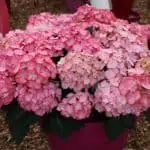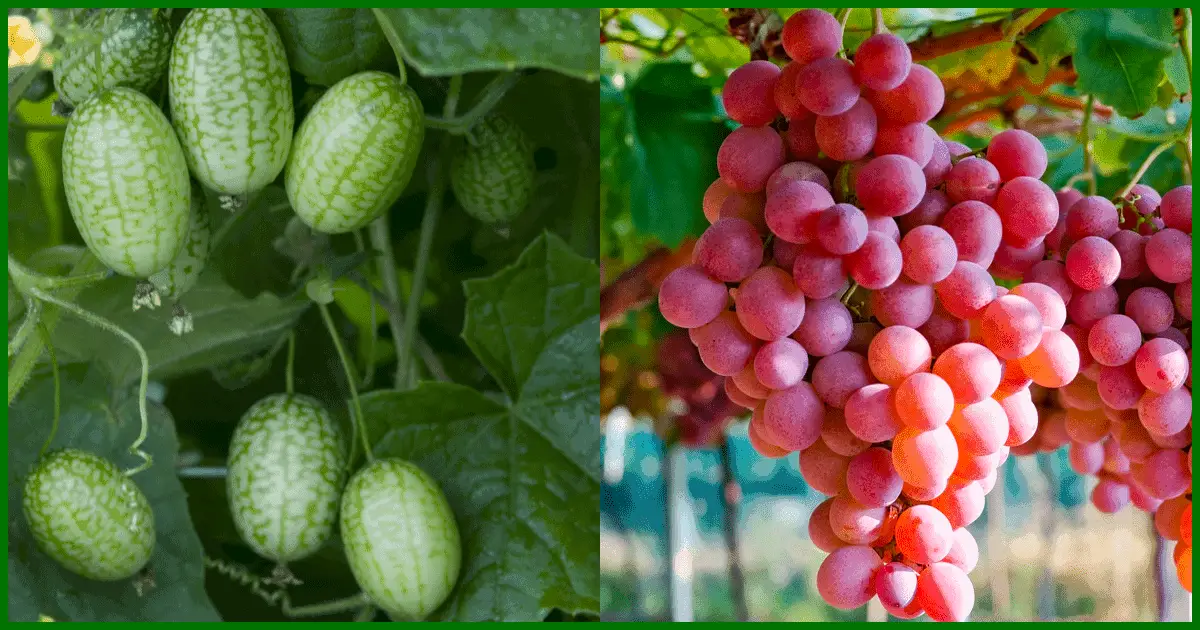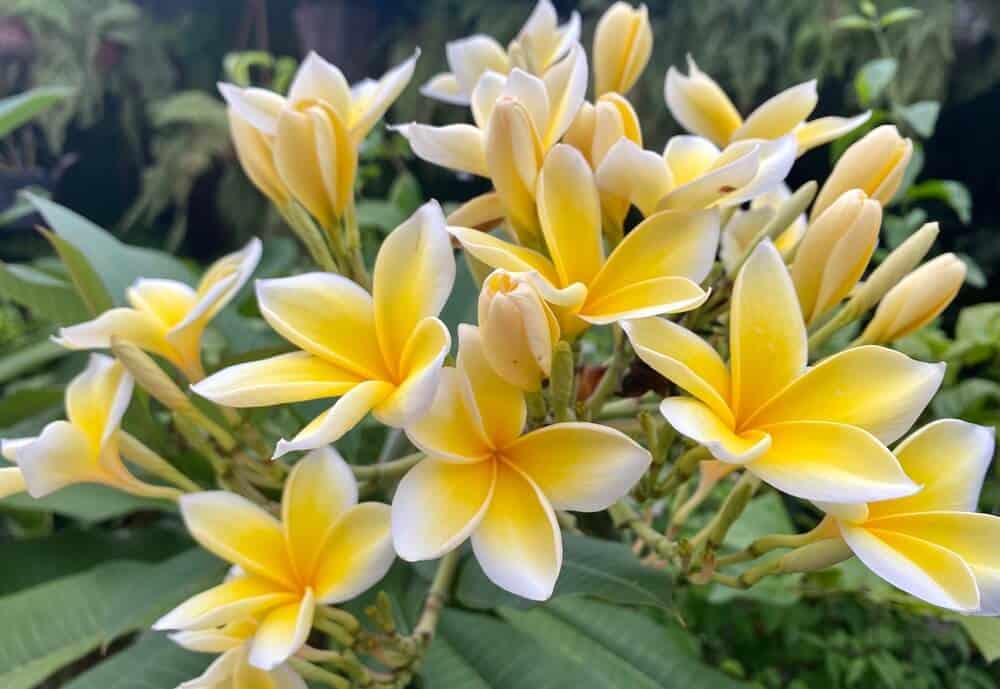It’s all very well and good to write that most plants need a hot and sunny climate to thrive, but what do you do if your yard is shady or north-facing?
There are many yards with substantial shade and most yards with at least some. Maybe you have a large tree or wall and are wondering what to plant underneath or around it.
The good news is that there are plenty of beautiful flowering plants that tolerate or are more than happy in a shady spot; knowing them is just the key to a full and vibrant garden.
Here is a list of the top 12 outdoor plants that thrive in the shade.
1. Ferns
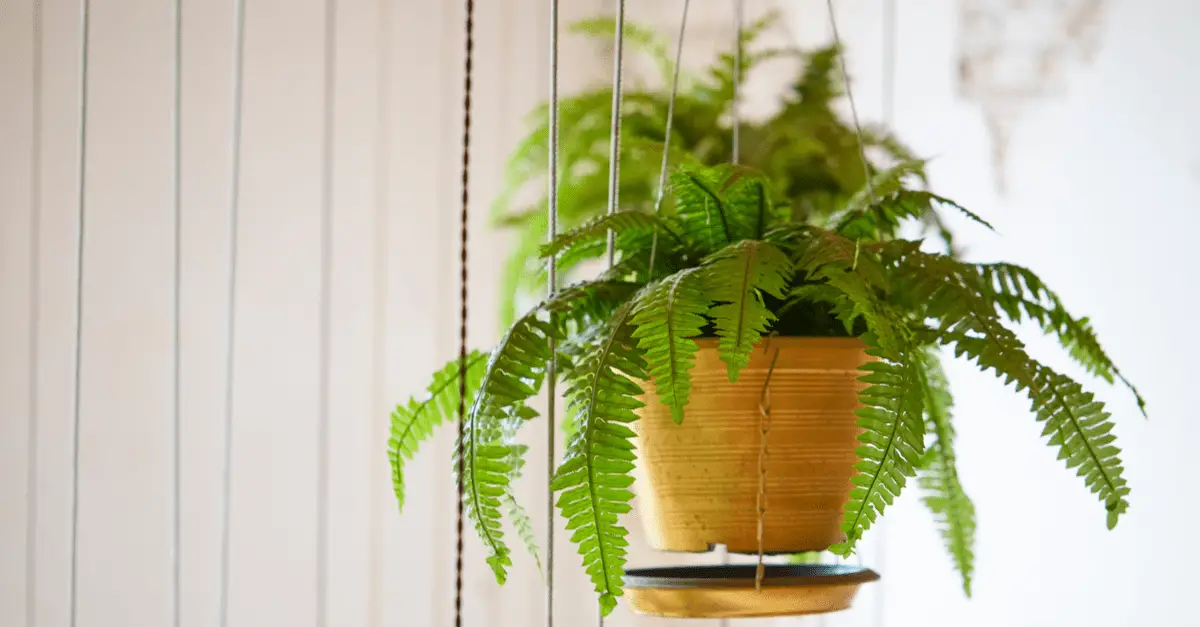
Ferns are an ancient plant species that are thought to have begun growing around 300 million years ago and are usually found on the rich fertile floors of forests and woods.
Ferns are the ultimate shade-loving plant; they thrive in the shade. They will tolerate some sun, but too much or direct sunlight will inhibit their growth.
2. Hostas
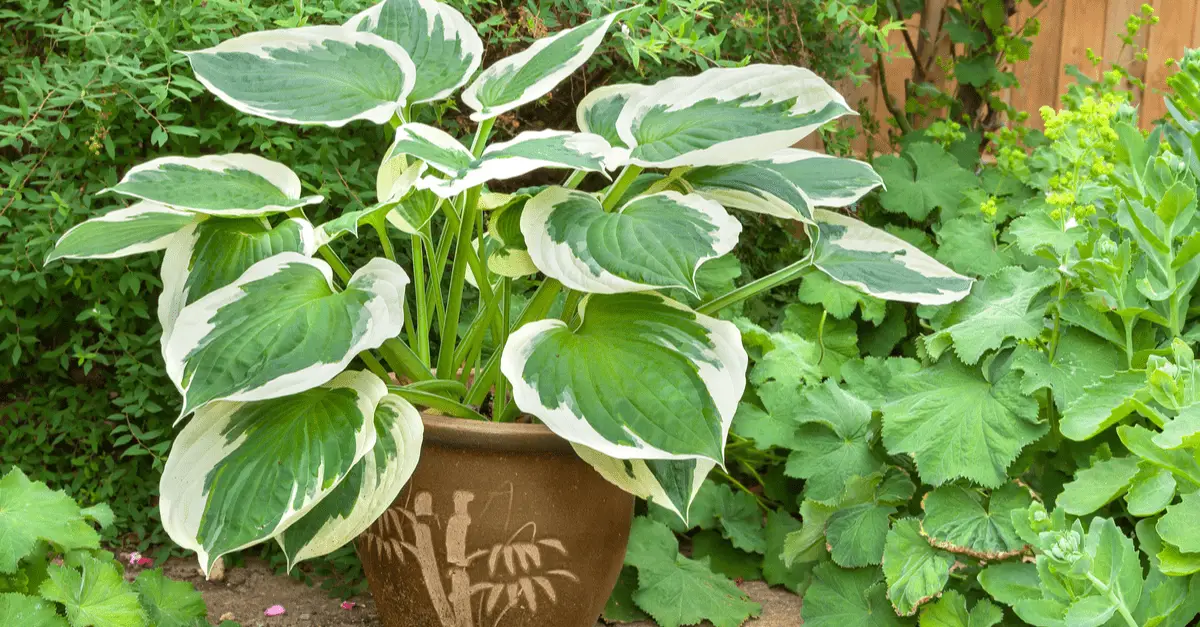
Hostas are well known for their low maintenance and almost immortality. They have thick, lush leaves and are great for borders or filling beds.
Hostas originated in China before making their way to America in the mid-19th century. There are thousands of Hosta variants, but not all are shade-loving. If your Hosta variety has darker leaves, it will survive better in a shady corner than those in light foliage.
3. Mistletoe Cactus
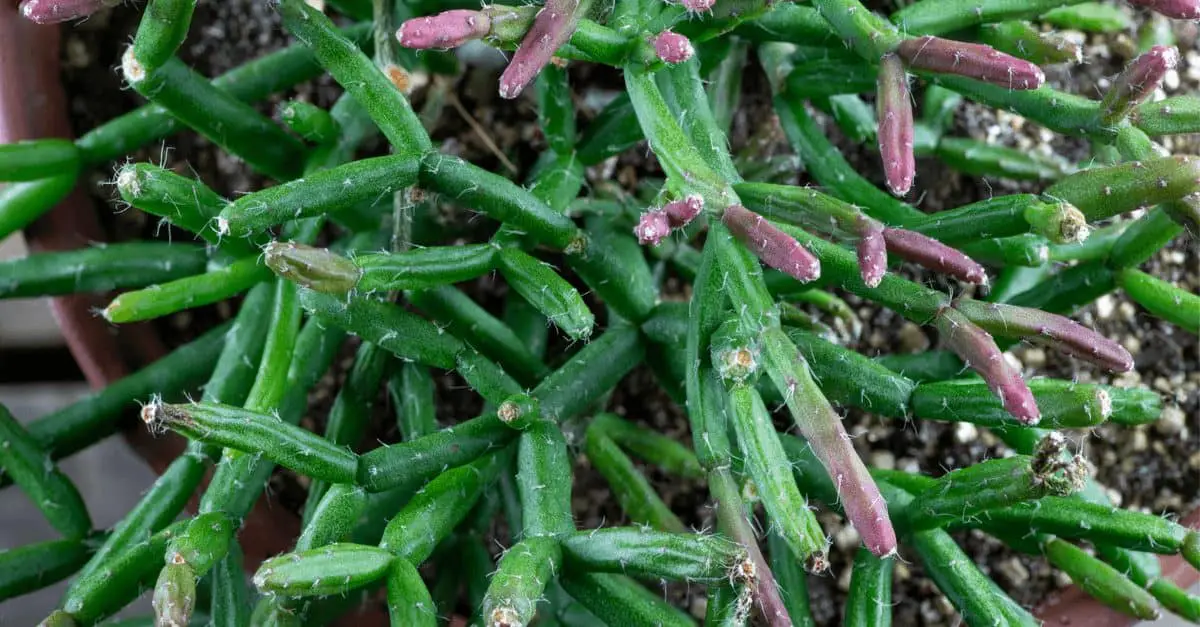
Mistletoe Cactus is a native to the deep dark rainforest of South America, where they have a distinct place on the rainforest floor.
Mistletoe Cactus is a succulent species that thrives in tropical climates and needs around 50% humidity to thrive. These little beauties are sensitive to direct sunlight, so they do well in a bright patch away from the sun’s glare.
4. Hakone Grass
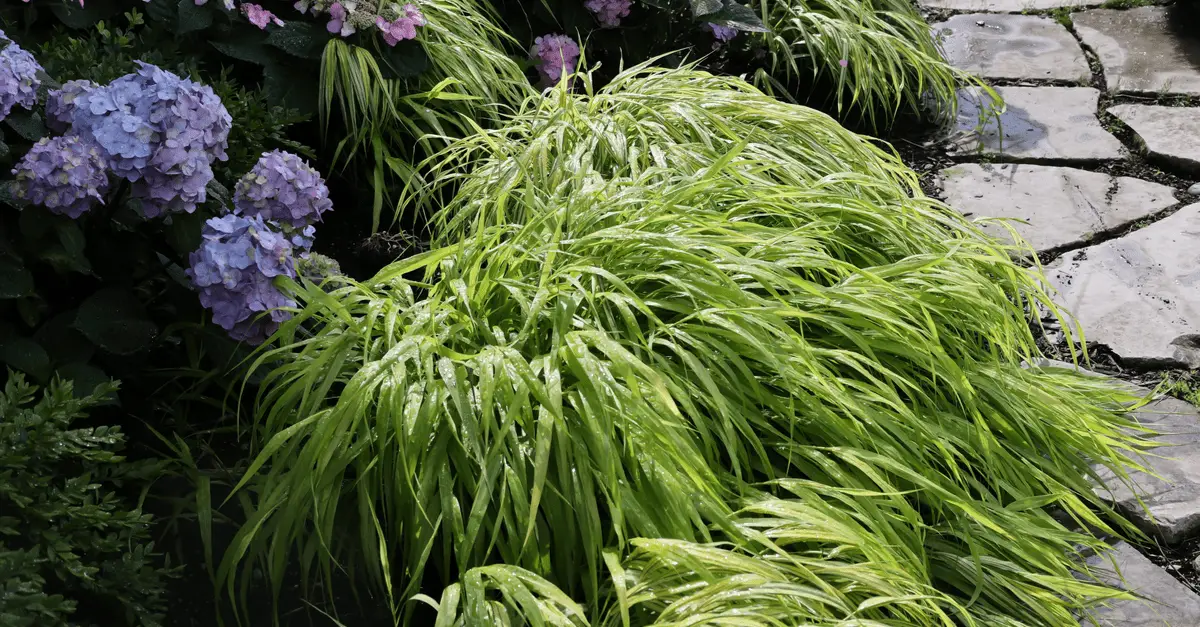
The Japanese Hakone species is one of the few types of grass that prefer the shade to the sun. It’s a great addition to borders and beds and is relatively slow-growing, so it’s unlikely to take over the area you plant it.
It is also easy to care for and doesn’t often fall victim to disease and pests. Hakone Grass is also a perennial, so it’ll be back year after year.
5. Bleeding Heart
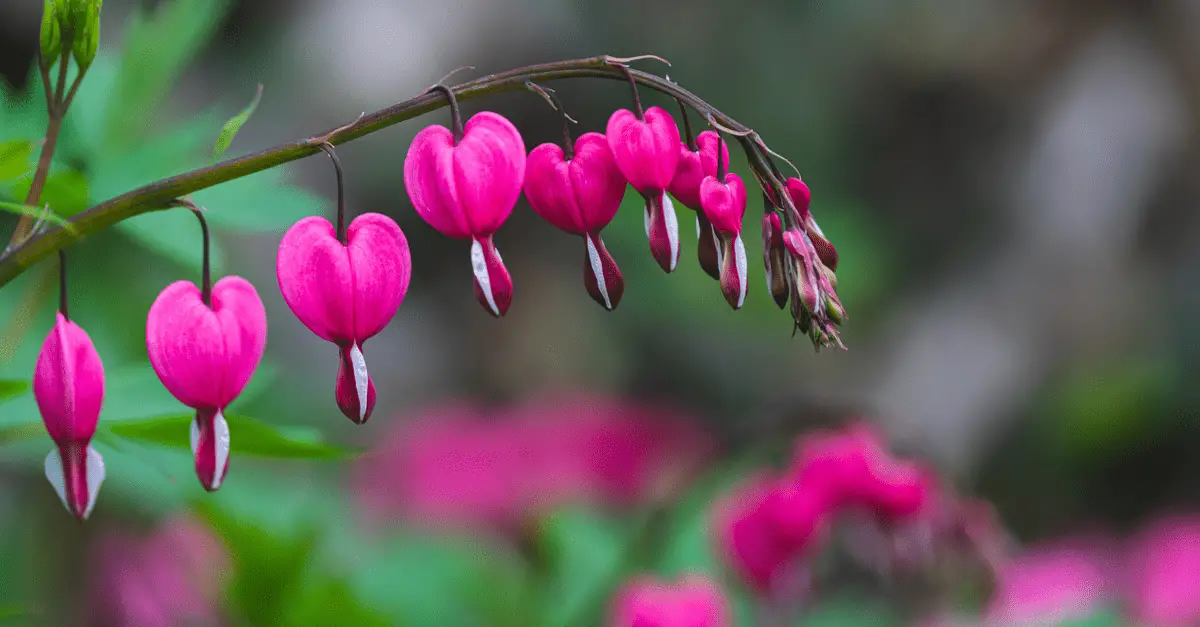
A bleeding heart is a beautiful bushy plant that displays beautiful pink heart-shaped flowers during the summer months.
Although these are perennials so will reappear the following spring for around eight years; if you keep them in their optimum conditions, they may last even longer.
Bleeding Heart survives well in partial sunlight but needs a great deal of shade, especially during the height of summer.
6. Japanese Toad Lily
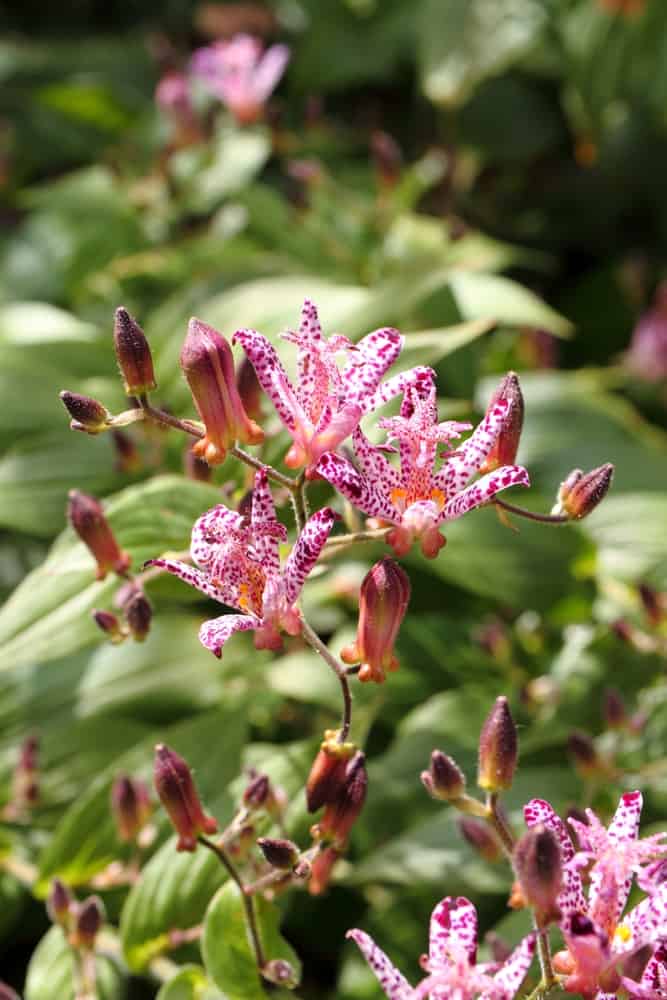
The unusually mottled petals of the Japanese Toad Lily are worth every second invested in growing and caring for them.
Also called The Hairy Toad Lily, this small but hardy plant will thrive in your yard if you only have partial sun. This perennial shows its full bloom in late summer into fall, meaning it’s just getting started while others are coming to the end of their growing season!
7. Pulmonaria
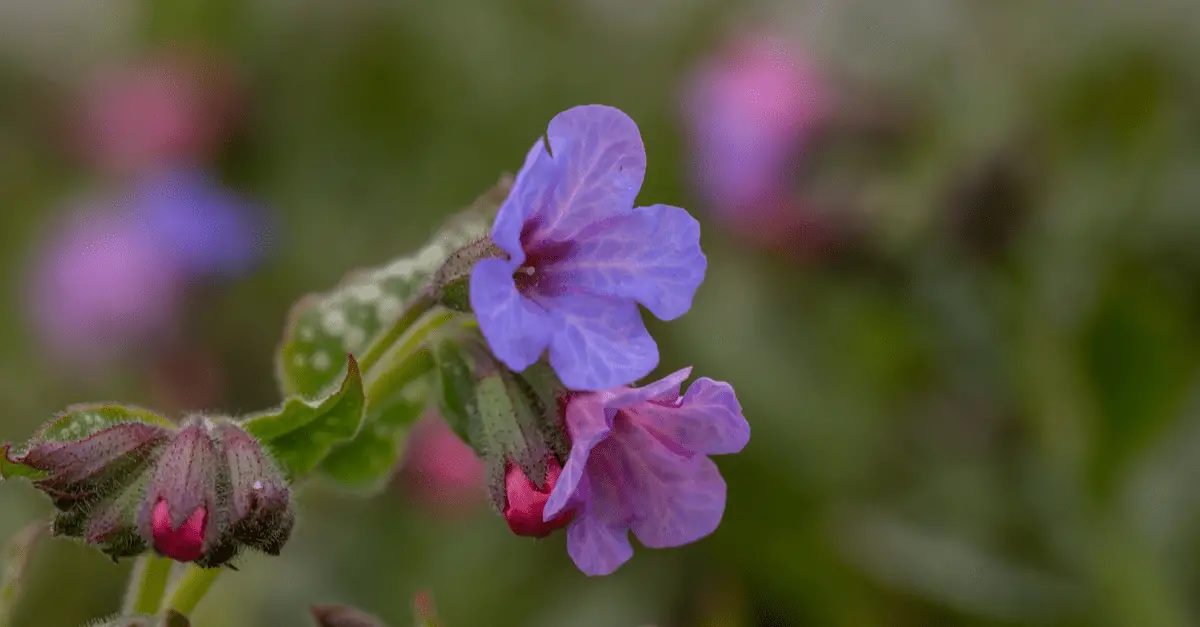
Pulmonaria is another variety of plants that likes the shade. It is an excellent plant, with lush green foliage and delicate blue flowers that begin to bloom at the end of winter and into early spring.
Plants like these are vital for producing the first drops of nectar for solitary bees coming out of hibernation. Pulmonaria is perfect for gardeners who want low-maintenance, high-effect plants.
8. Haworthia
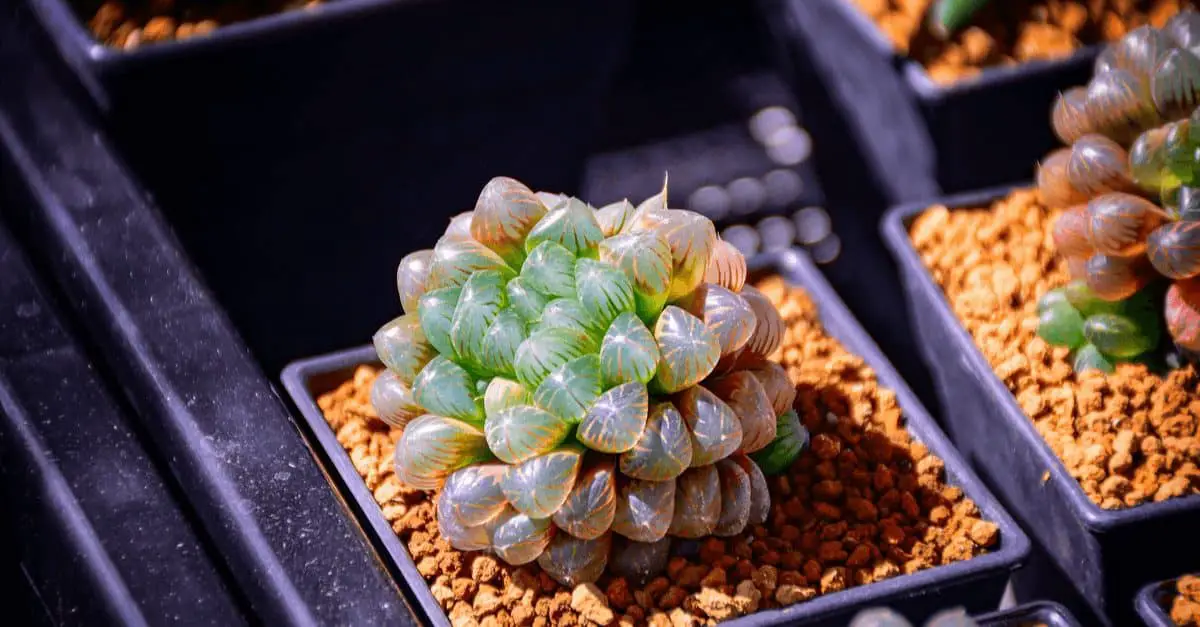
Haworthia is a small succulent that is similar to an aloe plant. Because they are native to Southern parts of Africa, this plant grows best in drier, sandy soil. They don’t need regular watering; however, avoid letting them dry out completely.
Although Hawthoria doesn’t like direct sunlight, they need a bright area to thrive. Hawthoria can be grown outside year-round in climates without frost, but it’s worth bringing it in for colder regions for cooler months.
9. Primula

The Primula is a spring delight that signals the arrival of warmer weather, with ‘primus’ translating to ‘early’ or ‘first’. Primroses and Primulas are incredibly hardy, tolerate almost any soil type, and come back stronger each year.
They do like a little sun during the day, but they don’t particularly like full bright sunlight. If you enjoy using flowers as food, it’s good to know that primulas and primroses are entirely edible and work especially well in salads.
10. Ligularia
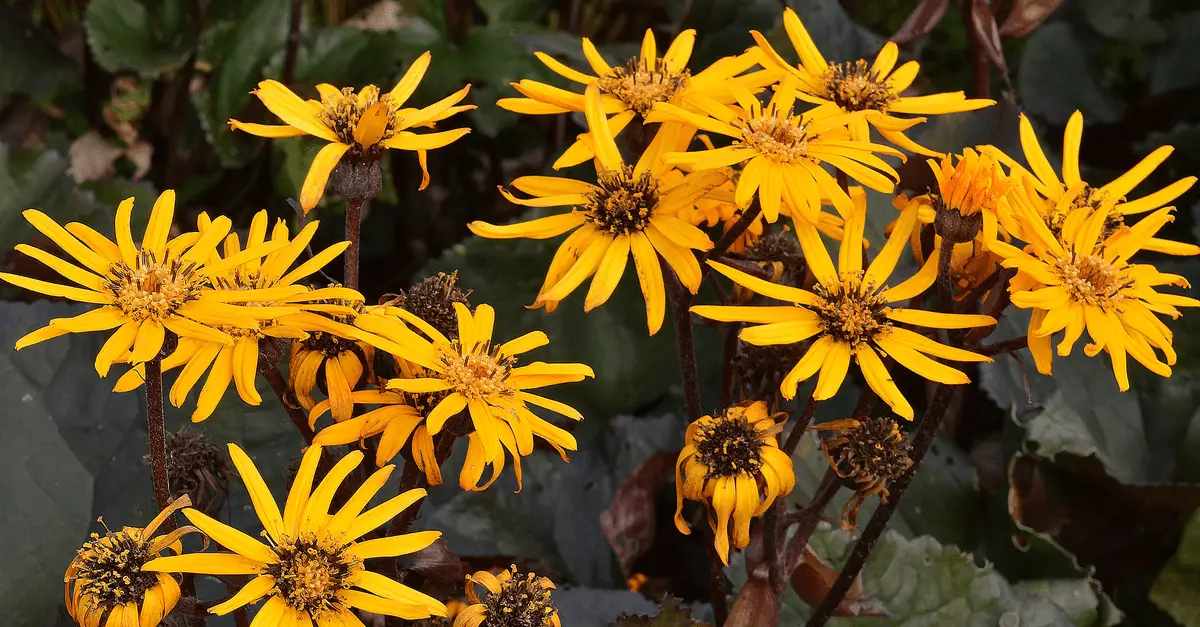
Ligularia is an excellent choice for any shady patches. It’s perfect for larger spaces because it will quickly fill them with intriguing spikey leaves with a purple hue and tall rocket-like flower structures during the summer and fall.
The main thing to note about Ligularia is that they need plenty of water, and the closer the plants are to a water supply, the bigger they will grow. Ligularia is a summer plant and will die right back in the winter before reappearing the following spring.
11. Wax Begonia
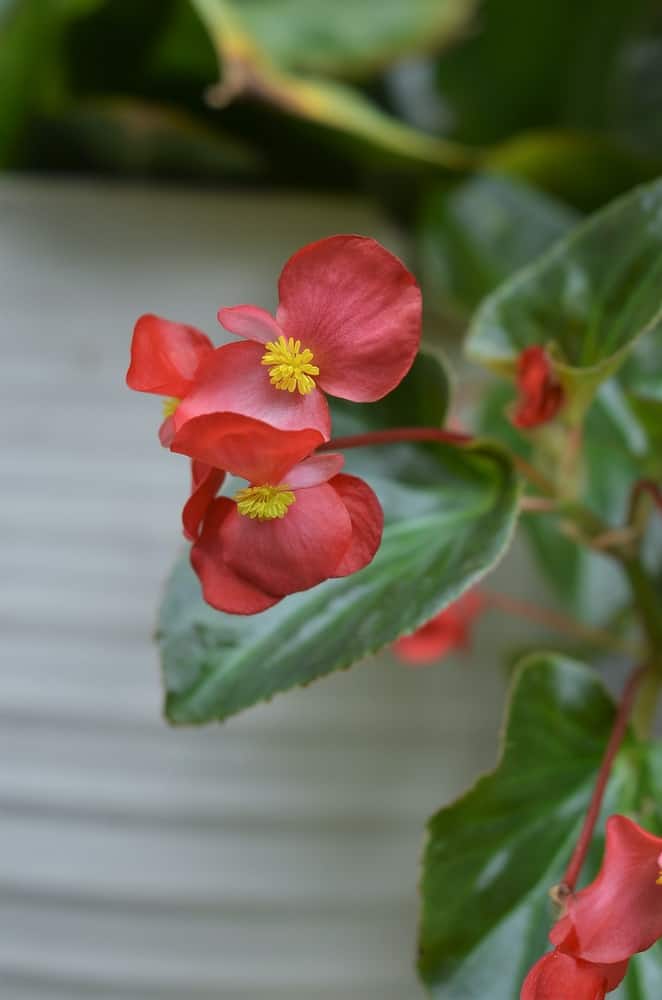
Wax Begonias are a flowering annual that is more than happy to spend a significant portion of its day in the shade; a few hours in the morning is sufficient to keep it producing its beautiful pink blooms. So-called because of the waxy feel to their leaves, Wax Begonias have been a garden favorite for centuries.
Because they originated in tropical regions, they are warmth-loving plants and won’t tolerate frost. Make sure to keep them indoors until late spring or when the temperature in your area is well on the way to staying warm.
12. Foxgloves
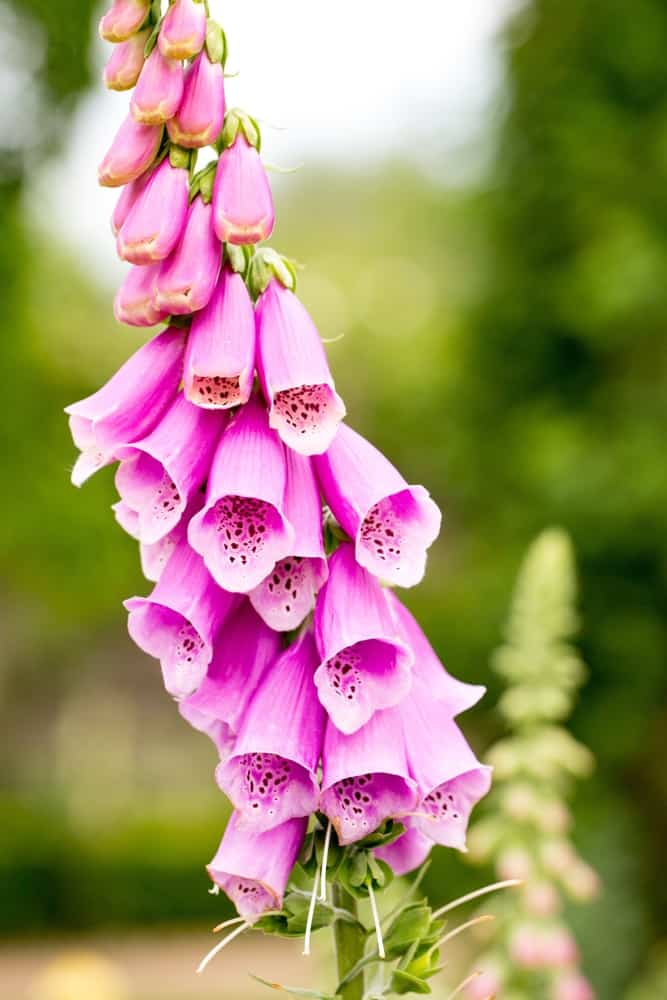
Foxgloves’ tall, striking appearance makes them a welcome addition to any garden, with their purple bell-like flowers being an essential source of nectar for bees. When they appear, it’s worth relishing their beauty because they are biennials which means they’ll only appear every two years.
Foxgloves need a little sun, they particularly like an afternoon’s worth, but the hotter the climate, the more shade they’ll need. Just remember not to be tempted to get too close to Foxgloves because all parts are toxic to humans and animals if ingested.

